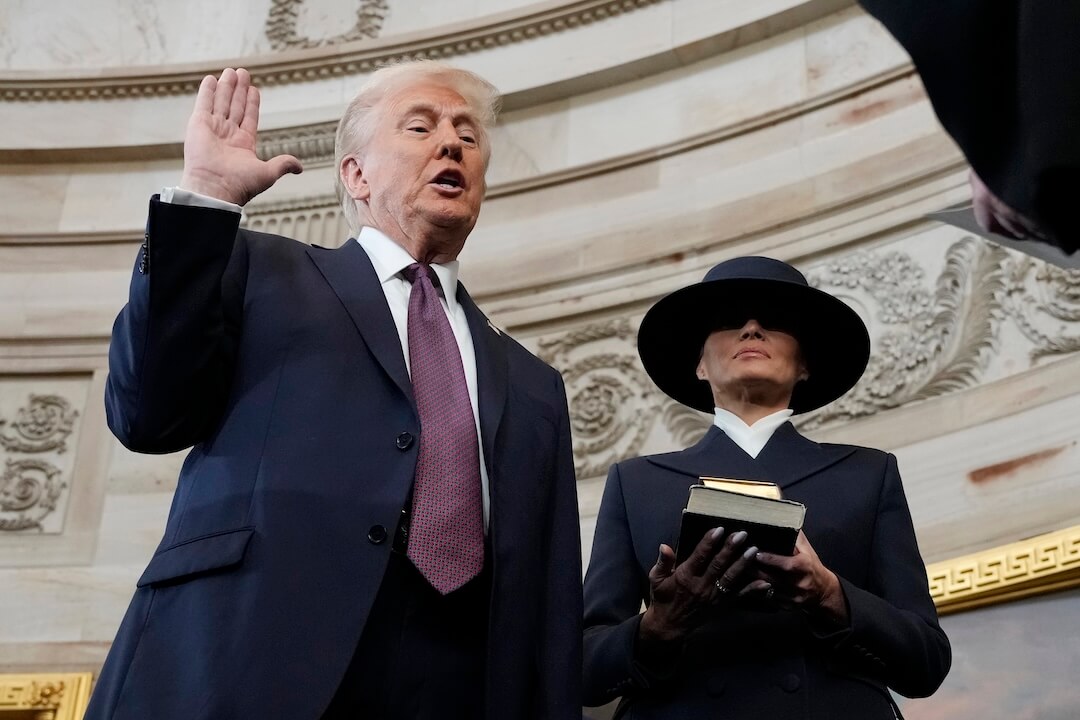A majority of adults worry about misleading and artificial intelligence-generated images, but lack the skills and confidence to spot them, according to a global survey from Poynter’s digital media literacy initiative MediaWise.
Morning Consult polled more than 10,000 people in the United States and United Kingdom and found about half believe they come across false or misleading images weekly, and more than 80% thought the issue is a problem for society. The research, which was supported by Google, found nearly three-fourths of those surveyed weren’t very confident they can identify misinformation.
“Over the last few years it has become clear visual misinformation is a huge threat to the information ecosystem,” said MediaWise director Alex Mahadevan. “And a lack of confidence in spotting this content is why digital media literacy is crucial right now.”
Sixty percent of those surveyed said they are very or extremely concerned about misinformation generated with AI. But less than a third of the respondents use reverse image searching to track down the original source and context of an image they’re investigating.
“People turn to Google to help them both discover and understand information. We’re focused not only on delivering high quality information, but also developing new info literacy tools to help people make sense of what they see online,” said Nidhi Hebbar, senior product manager, Google Search. “This includes new tools like About this image, which helps people understand more context about the images they see. We’re committed to investing in this space and evolving our tools as the information landscape changes.”
Further, the survey shows less than 40% of people conduct basic fact-checking when they come across potential misinformation, such as searching for more information about the source, checking the date when it was originally published or even reading the full caption.
Since 2018, MediaWise has developed programming to help teenagers, older adults, Spanish speakers and people around the world separate fact from fiction online. Using the Civic Online Reasoning Curriculum developed by the Stanford History Education Group as a foundation, the media literacy programs have advised anyone to ask three questions when they come across anything questionable — particularly images or video:
- Who’s behind the information?
- What’s the evidence?
- What do other sources say?
You can avoid false or misleading images by practicing lateral reading. That means opening a few tabs and plugging keywords about the source into a search engine to investigate sketchy individuals or organizations. You can use Google’s new tool called About this image to check the credibility and context of images you find online.
“While the numbers in the study are troubling, it’s actually quite easy to spot misleading images if you know a few quick fact-checking techniques,” Mahadevan said. “I think this data shows there’s a huge opportunity for media literacy organizations to close the skills gap when it comes to visual misinformation.”







